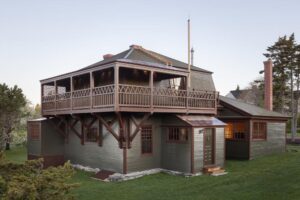When I first saw the Foundling Museum in a guidebook, I thought “Oh, no, we’ll view depressing images of poor emaciated orphans.” Quite the contrary. Located at 40 Brunswick Square, a short walk northeast of the British Museum, it’s one of the city’s best small collections, with vibrant and with touching connections to art and music. The building once held the administrative offices of a large, progressive orphanage started in 1759 by Frederic Handel, the musician, William Hogarth, the painter, and Thomas Corm, a shipwright and who’d seen many abandoned children on his journeys back and forth to America. Most of the income came from Hogarth’s art and Handel’s music. The benefit concerts were usually held at the Vauxall Gardens, a popular summer pleasure park in Kensington. Charity was becoming fashionable in the 18th century, and George II happily supported their efforts to help vulnerable children. The contents of the former Handel House Museum have been incorporated into the exhibit rooms: manuscripts, printed books and music, libretti, paintings and engravings. On the top floor you can ease down into comfortable lounge chairs, put in ear plugs, and relax while listening to Handel performances. Large scale Biblical paintings by Hogarth, and scenes from London hospitals by such artists as Gainsborough and Richard Wilson are displayed in the Court Room. In addition, there is significant Nineteenth Century art by Millais, and works that illustrate everyday life of the Foundling Hospital by Victorian artists Emma Brownlow and Sophia Anderson.
Within walking distance of the British Library and the John Soane’s Museum.

